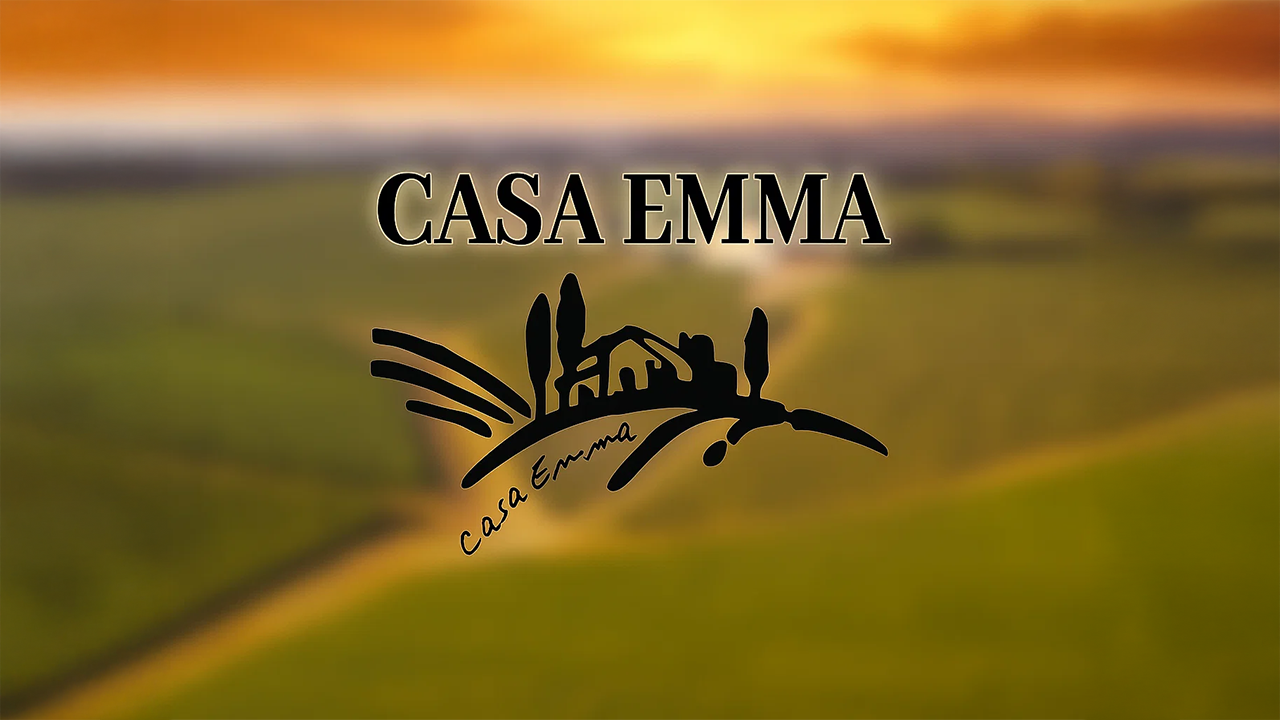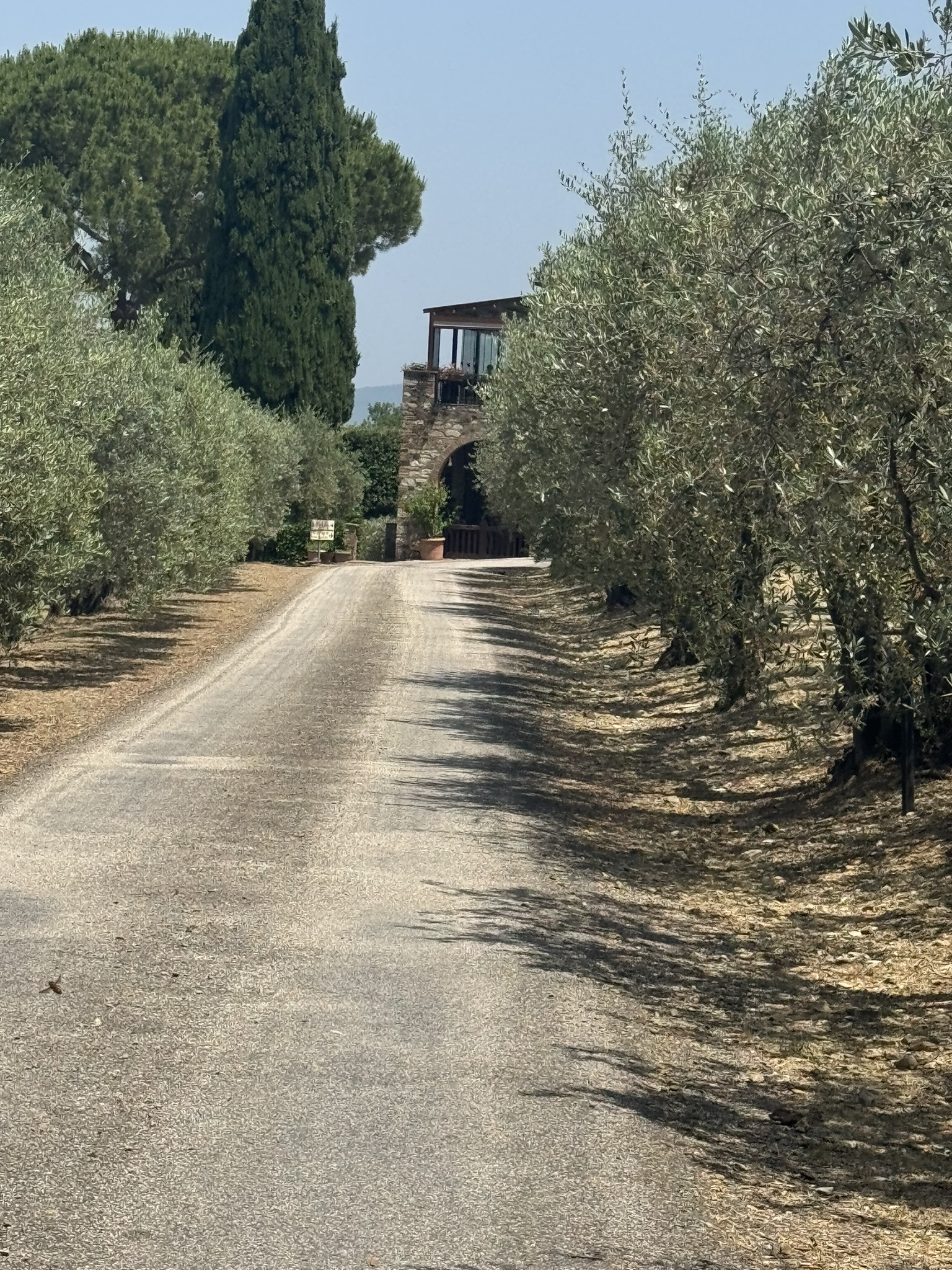
This Winery Is Permanently Closed.
Winery Rating
Located at:
Strada Provinciale Castellina in Chianti, 3, 50028 Barberino Tavarnelle FI
Reservation Required
Price Range For Tasting
Casa Emma stands on a historic Chianti site once managed by a Florentine noblewoman and transformed into a modern estate in the late 20th century. Today, the winery operates with a focus on environmental responsibility and regional typicity, maintaining a strong emphasis on native grape varieties. Its name, drawn from the original landowner “Emma,” pays homage to the estate’s roots while signaling a contemporary commitment to quality viticulture.
Marco Salvadori’s connection to viticulture began early. Growing up in the Chianti hills, he spent his childhood among the vineyards, closely observing his grandfather’s work on a neighboring estate. Those early harvest seasons left a clear imprint. Today, Salvadori takes a pragmatic yet respectful approach in the cellar, aiming to showcase varietal precision and site-specific traits. His work with Sangiovese, Casa Emma’s foundation, is marked by careful tannin management and a focus on transparency rather than intervention.
 The Property
The PropertyLocated on the Strada Provinciale Castellina, Casa Emma enjoys a panoramic perch typical of the Chianti Classico zone. The estate’s organically farmed vineyards stretch across sun-exposed slopes with well-draining galestro soils, contributing to the concentration and freshness found in its flagship bottlings. Both indoor and outdoor seating is available for tastings, with clear views of vine rows and wooded ridgelines. The cellar itself is modern and functional, with an emphasis on small-lot vinification and temperature control to support careful fermentation.
The 2019 Chianti Classico Gran Selezione Vignabufati stands out for its clarity and grip. Sourced exclusively from the Vignabufati vineyard, this 100% Sangiovese bottling presents compact red cherry, cranberry, and dried herb aromas, underscored by savory notes of tobacco and iron. On the palate, the wine is structured but not heavy, showing firm, polished tannins and bright acidity. Oak use is present but well integrated, contributing cedar and clove without obscuring fruit. At 14% alcohol, the wine maintains balance and focus. Rated 95 points, it’s a confident expression of the vintage and site, approachable now but with strong potential for cellaring through the next decade.
Visitors can choose from three experiences, each offering insight into the estate’s wines and production methods:
All experiences require reservations and are led by knowledgeable staff with a clear understanding of both winemaking and local cuisine.
Casa Emma represents a focused and refined take on Chianti Classico, grounded in tradition but executed with contemporary precision. With strong vineyard identity, a thoughtful winemaking philosophy, and well-curated visitor experiences, the estate holds its place among the more serious producers in the region. It’s a well-organized stop for those looking to explore structured Sangiovese in a setting that’s both scenic and instructive.

All things wine, and food you could ever need or want — straight to your email!